
Ingredient
Barley flour
The Nutritional Powerhouse: Barley Flour
Barley flour is made by grinding whole barley grains into a fine powder. It has a light tan color and a slightly sweet, nutty flavor. Barley flour has a coarse texture and adds a pleasant chewiness to baked goods. It is often used in bread, pancakes, and muffins.
Origins and history
Barley has been cultivated for thousands of years and has a long history of culinary and cultural significance. It was one of the first grains to be domesticated and was a staple food in ancient civilizations such as Egypt and Mesopotamia. Barley flour is still widely consumed in many parts of the world, particularly in the Middle East and Asia.
Nutritional information
Barley flour is a good source of dietary fiber, vitamins, and minerals. It is also lower in gluten compared to wheat flour, making it a suitable option for those with gluten sensitivities. Barley flour is rich in antioxidants and has been associated with various health benefits, including improved digestion and heart health.
Allergens
Barley flour may contain gluten, so it is not suitable for individuals with celiac disease or gluten intolerance. It is also a potential allergen for those with barley allergies.
How to select
When selecting barley flour, look for a reputable brand that offers high-quality, finely ground flour. Check the expiration date to ensure freshness. Consider purchasing organic barley flour for a healthier option.
Storage recommendations
To store barley flour, transfer it to an airtight container and store it in a cool, dry place. It can be kept at room temperature for up to six months. For longer shelf life, store barley flour in the refrigerator or freezer.
How to produce
Barley can be grown in a home garden or on a larger scale. It requires well-drained soil and full sun. Sow the seeds in early spring and keep the soil consistently moist. Harvest the barley when the grains are fully mature and dry them thoroughly before grinding into flour.
Preparation tips
When using barley flour in baking, it is best to combine it with other flours such as all-purpose or whole wheat flour. This will help improve the texture and rise of the baked goods. Barley flour can also be used as a thickening agent in soups, stews, and sauces.
Substitutions
Whole wheat flour, oat flour, or spelt flour can be used as substitutes for barley flour. However, keep in mind that the flavor and texture may vary slightly.
Culinary uses
Barley flour is commonly used in bread, pancakes, muffins, and other baked goods. It adds a nutty flavor and a hearty texture to these dishes. Barley flour can also be used as a thickener in soups, stews, and sauces.
Availability
Barley is cultivated and consumed in many parts of the world, including Europe, Asia, and North America. It is particularly popular in countries such as Scotland, Iran, and Japan.
More ingredients from this category » Browse all
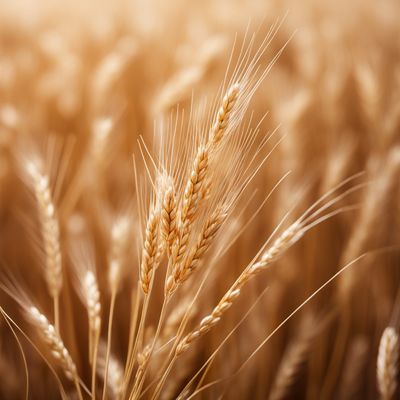
Wheat flour
The Versatile Grain: Exploring the Wonders of Wheat Flour

Sorghum flour
Sorghum Flour: A Nutritious and Gluten-Free Alternative

Maize, milled
Golden Grain: Unleashing the Power of Milled Maize

Flour mix (like wheat/rye/barley/oats and other)
Versatile Blend for Every Recipe

Rice flour
The Versatile Grain Powder

Buckwheat flour
The Nutty Powerhouse: Buckwheat Flour

Spelt flour
The Ancient Grain of Spelt

Millet flour
The Ancient Grain: Millet Flour

Rye flour
Hearty Grain

Oat flour
The Wholesome Power of Oat Flour

Amaranth flour
The Ancient Grain Flour with a Nutty Twist
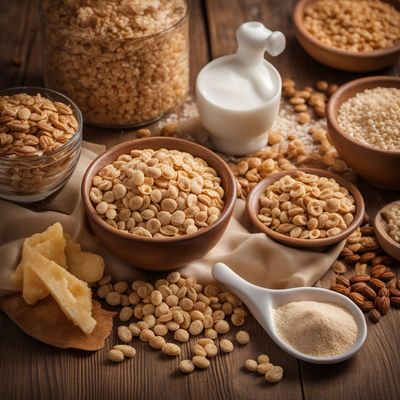
Cereal and cereal-like flours not separately listed
The Flour Power: Unleashing the Versatility of Cereal and Cereal-Like Flours
Recipes using Barley flour » Browse all
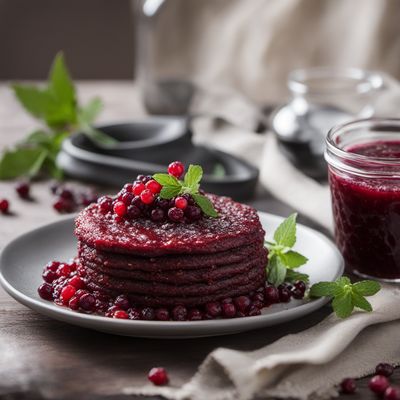
Mustamakkara with Lingonberry Jam
Savory Finnish Blood Sausage Delight
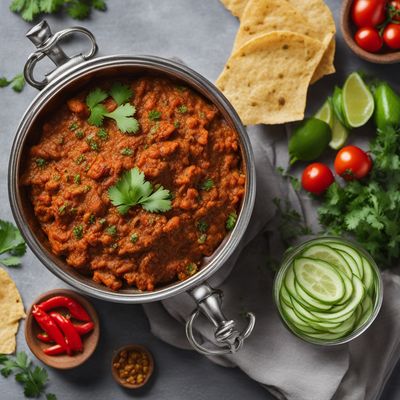
Spiced Palmito Bhaji - Indian Fast Food Twist on Palmito Guisado
Savory and Spicy Palmito Bhaji: A Fusion Delight of Brazilian Palmito Guisado and Indian Fast Food

Homemade Spiced Mince Pies
Festive Delights: Spiced Mince Pies to Savor

Delicate French Macarons
Heavenly Bites: French Macarons That Melt in Your Mouth

Andhra-style Ohrarieska
Spicy and Savory Ohrarieska: A Taste of Andhra

Apulian Casadinhos
Delizioso Apulian Casadinhos: A Marriage of Flavors

Norwegian Blueberry Tart
Nordic Delight: Blueberry Tart with a Norwegian Twist
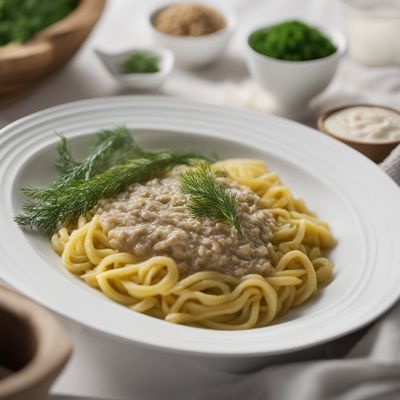
Traditional Finnish Rieska
Hearty Finnish Rieska: A Taste of Nordic Comfort

Canestrelli Novesi
Delicate Almond Cookies: Canestrelli Novesi

Genfo with a Middle Eastern Twist
Middle Eastern Genfo: A Fusion of Ethiopian and Arabian Flavors

Betawi-style Blodpalt
Savory Betawi Blood Dumplings: A Unique Twist on Traditional Swedish Cuisine

Greek-style Stuffed Lamb Intestines
Mediterranean Delight: Savory Greek Lamb Intestine Rolls